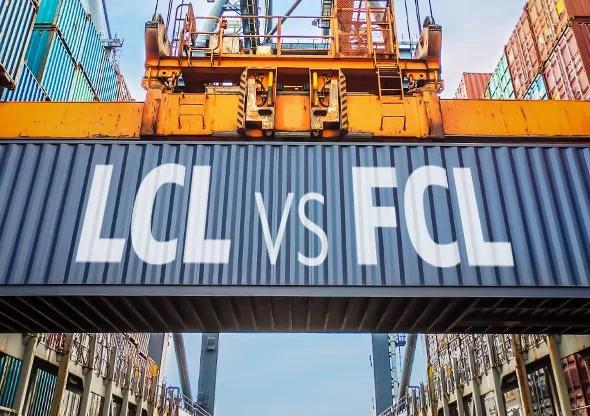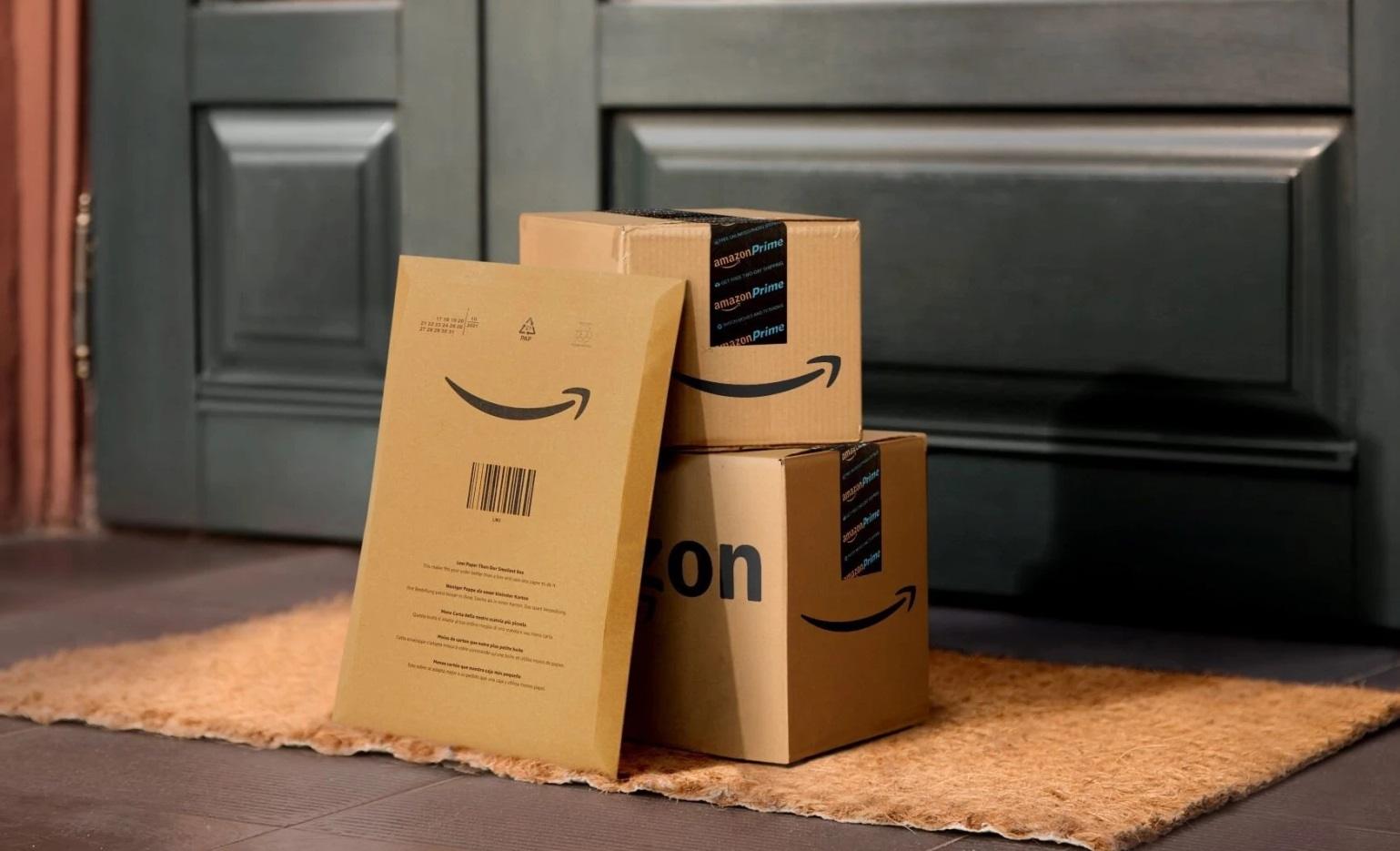Demurrage & Detention Charges: A Freight Forwarding Guide
Dealing with freight charges is an inevitable part of the logistics and global trade world, but among the many types of fees that can arise, demurrage and detention often stand out as particularly tricky for newcomers. These charges, although somewhat mysterious, play a significant role in managing shipping operations and container usage. Understanding the nuances of these charges can help prevent unexpected costs and streamline the freight process. In this guide, we will explain what demurrage and detention are, how to distinguish between them, their causes, and how to avoid incurring these charges in the first place.

1. Why Are There Demurrage and Detention Charges?
The core reason for demurrage and detention charges lies in the limited space for container storage and the need for containers to be quickly picked up and returned. Ports typically allow a certain free storage period for containers, and when this time expires, late fees such as demurrage and detention are imposed. Without these fees, ports would face storage issues, which could lead to significant financial losses.
2. What is Demurrage?
Demurrage applies when a full container remains in the port beyond the free storage period. It is charged for containers that stay unpacked in the terminal or port. The amount of free time—referred to as Free Demurrage—varies depending on port regulations.
Demurrage in Exporting
For exports, demurrage charges begin once the free storage time ends, continuing until the container is loaded onto the ship or the ship departs.
Demurrage in Importing
For imports, demurrage charges apply once the allowed free time expires and continue until the container is picked up and moved from the terminal.
3. What is Detention?
Detention is associated with empty containers. If containers are not returned to the port or designated container yard on time, detention fees accrue. As with demurrage, there is a specified free time period, and detention fees apply after this period ends.
Detention in Exporting
Detention fees in the export stage typically apply when the time taken to pick up the empty container and move it to the terminal exceeds the allowed free period.
Detention in Importing
In the import stage, detention charges occur if the full container is picked up from the terminal but not returned to the designated yard or depot within the allotted free time.
4. What Are the Causes of Detention & Demurrage?
While some factors are beyond your control, understanding the common causes of detention and demurrage can help you minimize these charges:
- Documentation Errors: Incorrect or incomplete documents can delay customs clearance and lead to additional fees.
- Late Receipt of Documents: Delays in receiving the necessary shipping documents from various parties, such as banks or customs, can cause late shipments and additional charges.
- Congestion at the Port: If a port is congested, containers may not be picked up or delivered on time, leading to demurrage and detention.
- Delays in Customs: Discrepancies in shipment paperwork can trigger delays in customs clearance and additional storage fees.
- Other Delays: Delays in trucking, budget constraints at the consignee's end, or failure to pick up containers on time can result in added charges.
5. How to Prevent Demurrage & Detention Charges?
While it’s difficult to eliminate demurrage and detention charges entirely, proactive strategies can help minimize their occurrence.
Preparing for Customs in Advance
Ensure all documentation is in order before goods reach customs. Familiarize yourself with customs regulations and paperwork requirements, or work with a professional customs broker or freight forwarder to ensure compliance.
Making Flexible Scheduling
Unforeseen delays can arise. Plan for contingencies by requesting more free time from your carrier, scheduling trucking services early, and arranging for timely unloading to prevent delays.
Ensuring Proactive Communication
Maintain open lines of communication with all parties involved in the shipping process—port officials, carriers, and the consignee—to stay updated on delivery instructions and avoid errors.
Valuing Supply Chain Visibility
Monitor your shipments in real-time to track loading, unloading, and delivery progress. Staying informed will help you avoid delays and take corrective actions quickly if needed.
Purchasing SOCs (Shipper-Owned Containers)
Using Shipper-Owned Containers (SOCs) instead of Carrier-Owned Containers (COCs) can reduce the risk of detention charges. With SOCs, you avoid liability for not returning containers on time, thereby eliminating detention fees.
6. Conclusion
The shipping process involves multiple variables that can affect the final bill, with demurrage and detention being two significant charges that can add up quickly. While you cannot control all factors, careful planning, early preparation, and proactive communication can minimize the likelihood of incurring these fees. By working with experienced freight forwarders and carriers, you can optimize your shipping schedule, reduce delays, and avoid unnecessary costs.
At Forwarder Data, we provide professional shipping solutions to help you navigate these challenges. Our expertise can guide you through every step, ensuring smooth operations and minimizing disruptions in your shipping process.









